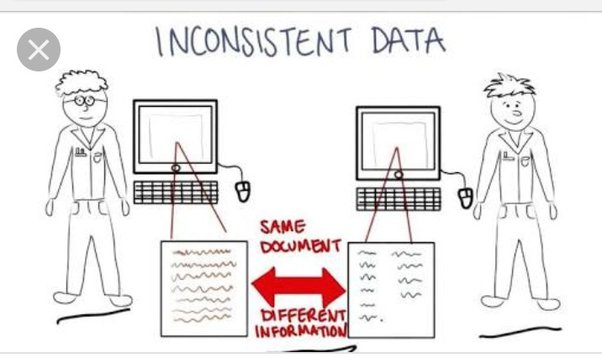Handling data inconsistencies and implementing effective error handling mechanisms is crucial when performing data extraction or scraping tasks. Here are some strategies to handle data inconsistencies and errors:
- Data Inconsistencies:
Data inconsistencies can arise due to various factors, such as formatting variations, missing fields, or different data structures across different pages or API responses. To handle data inconsistencies:- Data Validation: Implement data validation checks to ensure the extracted data meets the expected format, structure, or quality. You can use regular expressions, data type checks, or custom validation rules to validate the extracted data.
- Data Transformation: Apply data transformation techniques to standardize the extracted data. This may involve converting dates to a common format, normalizing text fields, or aggregating data across different pages or responses.
- Missing Data Handling: Determine how to handle missing data. You may choose to skip incomplete records, substitute missing values with placeholders or default values, or consider alternative data sources to fill in the gaps.
- Error Logging: Log any data inconsistencies encountered during the extraction process. This will help you identify patterns, troubleshoot issues, and improve the quality of your scraping or extraction pipeline.
- Error Handling:
Errors can occur during data extraction due to various reasons, such as network failures, API errors, or unexpected responses. Here are some strategies for effective error handling:- Error Logging: Implement a robust error logging mechanism to capture and log any errors encountered during the data extraction process. Include relevant error details such as timestamps, error messages, URLs, and request parameters. This will facilitate debugging and troubleshooting.
- Retry Mechanism: For transient errors, such as network timeouts or temporary API failures, implement a retry mechanism. Retry failed requests with exponential backoff or a predefined retry strategy to give the target server a chance to recover. However, be mindful of rate limits and avoid excessive retries.
- Error Notifications: Set up notifications or alerts to be notified when critical errors occur during data extraction. This will allow you to respond promptly and address any issues that may affect the integrity or continuity of your data extraction process.
- Error Handling for API Responses: Analyze and handle different types of API responses, such as error responses, rate limit responses, or authentication errors. Implement appropriate error handling logic based on the specific response codes or error messages provided by the API.
- Graceful Termination: Consider implementing a graceful termination mechanism that allows your data extraction process to exit cleanly in the event of unrecoverable errors or critical failures. This ensures that your system can handle unexpected errors without causing further issues or data corruption.
- Monitoring and Alerting: Set up monitoring systems to track the health and performance of your data extraction process. Monitor key metrics such as success rates, error rates, response times, or data quality indicators. Configure alerts to notify you when these metrics deviate from expected thresholds.
By implementing robust error handling mechanisms and addressing data inconsistencies, you can improve the reliability and accuracy of your data extraction or scraping tasks. Continuously monitor and refine your error handling strategies to adapt to changing conditions and ensure the smooth operation of your data extraction pipeline.
SHARE
